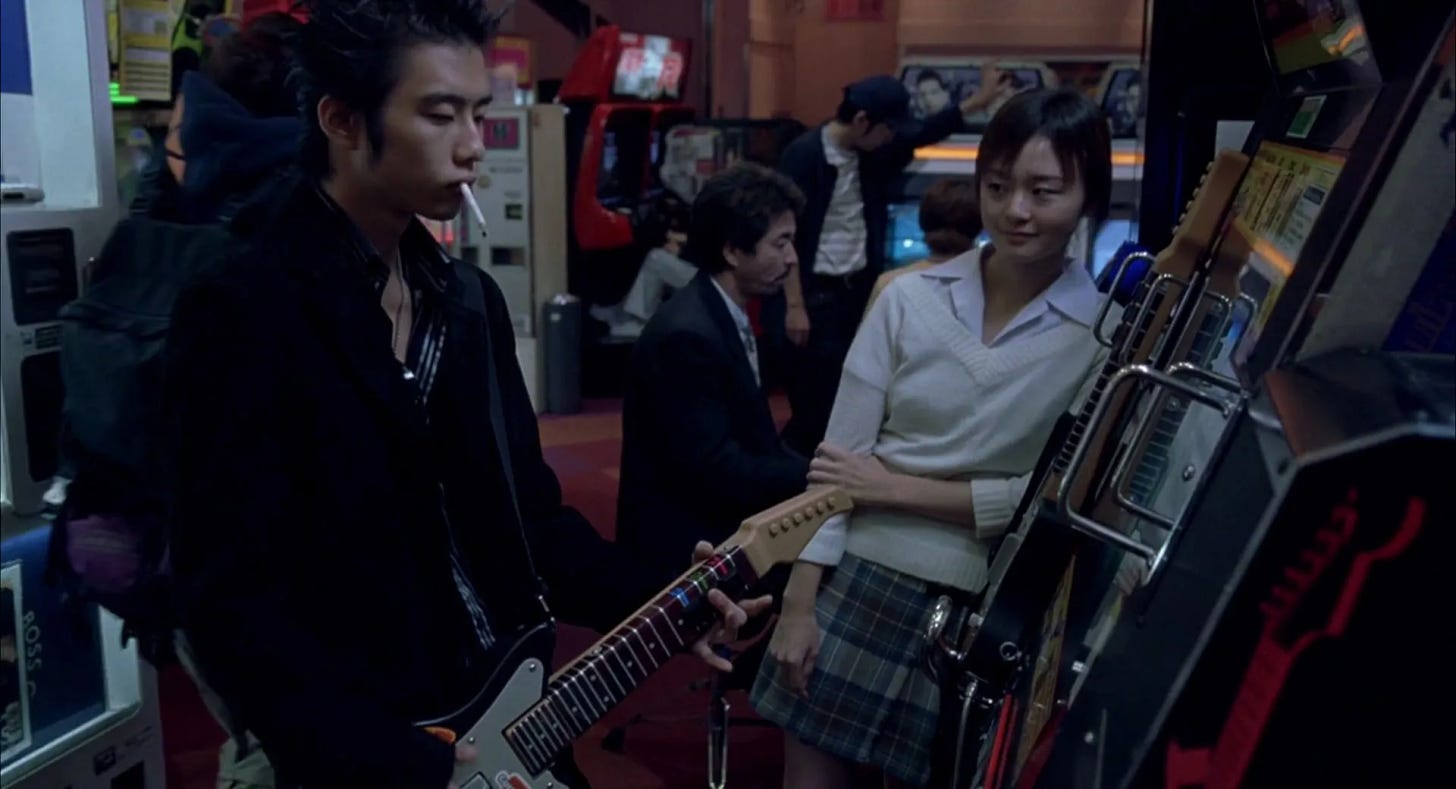Lost in Translation made Sofia Coppola’s name. It marked her, definitively, as not just her father’s daughter. It put her on the front cover of New York Times Magazine—the first Italian American to appear there who was not a criminal, at least according to her. It made her the first American woman ever to be nominated for best director, a mildly horrifying achievement when you remember Lost in Translation came out in 2003. (She lost out to Peter Jackson and Return of the King.)
Yet I don’t really think of this movie as one of the pillars of her image. The movies that come directly before and after it—The Virgin Suicides, Marie Antoinette—seem more essential to her deal.1 Perhaps it’s because in Lost in Translation, Coppola temporarily breaks with her actress muse, Kirsten Dunst, and casts Scarlett Johansson as her lead. But I also think it has something do with the way Lost in Translation takes place in what is clearly a limbo of everyday life. In both The Virgin Suicides an…
Keep reading with a 7-day free trial
Subscribe to Notebook to keep reading this post and get 7 days of free access to the full post archives.



